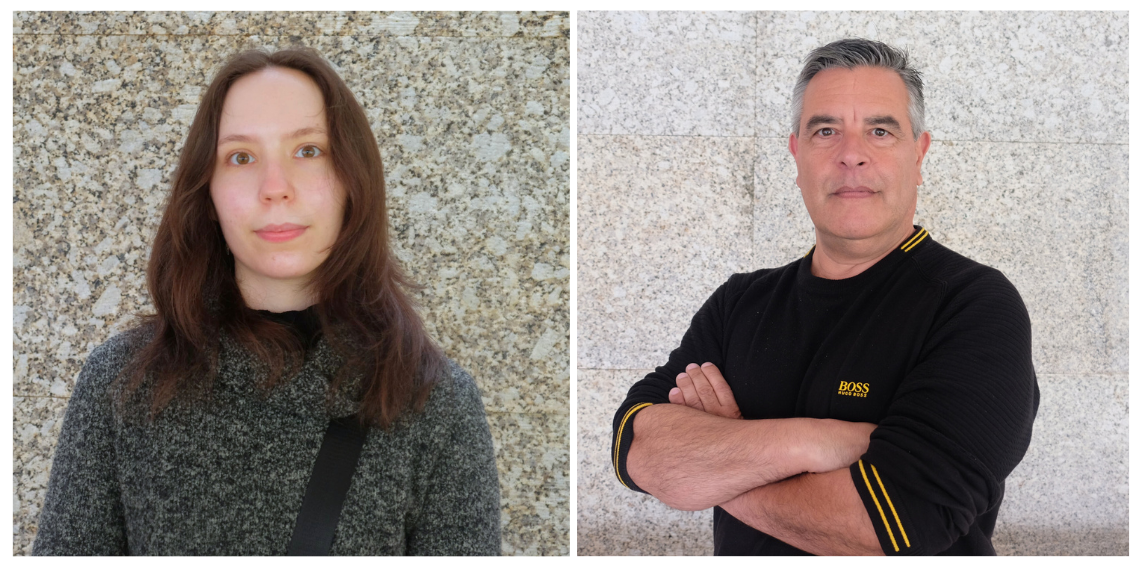What if quantum computers could be used to discover new medicines, develop stronger materials, or simulate chemical reactions with unprecedented accuracy?
Luís Paulo Santos and Mafalda Ramôa, researchers at INESC TEC, have been working with the Virginia Tech Center for Quantum Information Science and Engineering (VTQ) to develop an innovative method to make variational quantum algorithms significantly more efficient and viable on today’s quantum computers. Their study – Reducing the Resources Required by ADAPT-VQE Using Coupled Exchange Operators and Improved Subroutines, has been published in the journal npj Quantum Information.
The research focuses on the ADAPT-VQE quantum algorithm, which is used to simulate molecules and calculate their quantum properties, like a molecule’s ground state energy – a fundamental task in computational chemistry and physics.
“This algorithm has applications in materials science, drug development, and more,” explained Mafalda Ramôa. She added that the work presents “a more efficient version of the algorithm, reducing both quantum circuit complexity and measurement costs.”
Despite its impact, ADAPT-VQE has so far required too many resources from current quantum computers, which still operate under severe technical limitations and are highly prone to noise.
“Today’s quantum computers are noisy, and the measurement costs of the algorithms best suited for them are too high to be practical,” she emphasised. “By reducing the circuit depth and the number of two-qubit (entangling) gates, we minimise the impact of noise. At the same time, fewer measurements mean lower execution costs for these algorithms.”
The researchers report significant experimental improvements. “We achieved an impressive reduction in ADAPT-VQE costs compared to the original version of the algorithm: circuit depth and measurement costs were reduced by 96% and 99.6%, respectively – for molecules involving 12 to 14 qubits,” said Ramôa.
“In comparison with other algorithms of similar circuit depth, our approach reduces measurement costs by five orders of magnitude,” she added.
This technique could have a direct impact across various fields by enabling quantum computers to tackle real-world problems – something that remains rare today.
From studying new molecules for pharmaceuticals to modelling complex chemical reactions and optimising materials with specific properties, this breakthrough marks an important step in moving quantum computing from the lab to practical applications.
The researchers mentioned in this news piece are associated with INESC TEC and U.Minho



 News, current topics, curiosities and so much more about INESC TEC and its community!
News, current topics, curiosities and so much more about INESC TEC and its community!